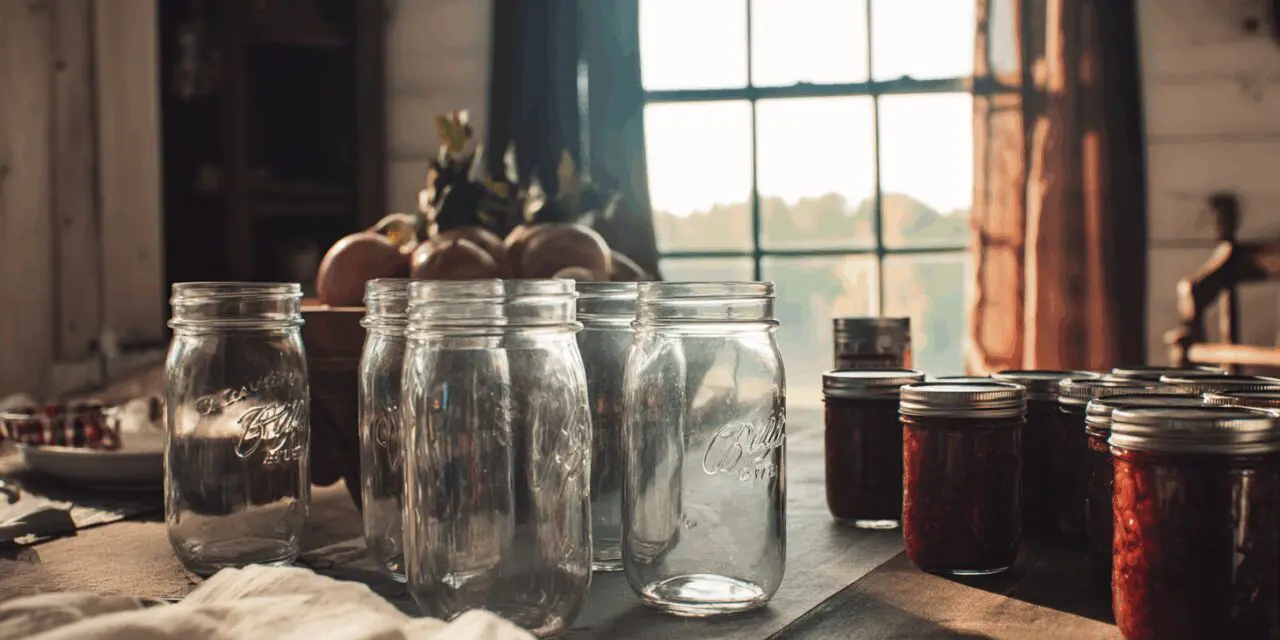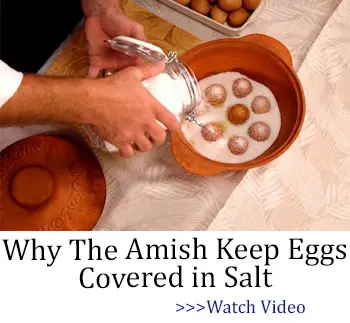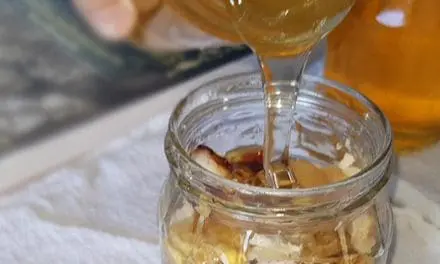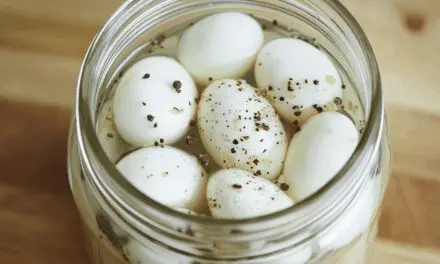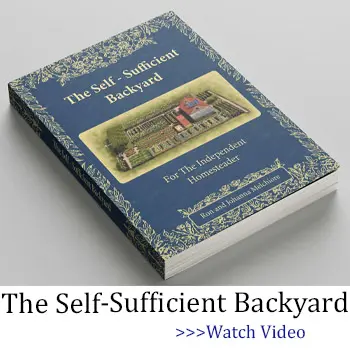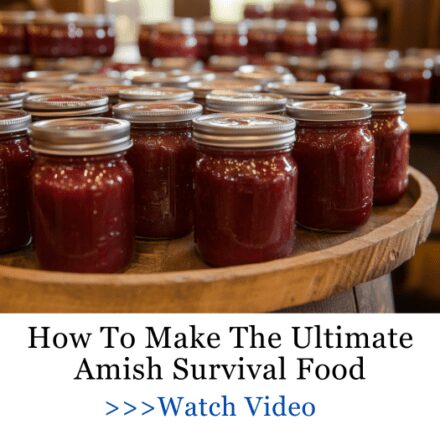If you’ve ever tried stuffing an entire summer’s worth of pickles into a tiny jar, you know the pain—and the brine all over your counter. That’s why big mason jars are a game-changer for anyone living the homesteading, prepping, or full-on back-to-the-land lifestyle.
From fermenting to dry storage, from canning soups to making moonshine (hey, we don’t judge), big mason jars are like the Swiss Army knives of self-sufficient living, one of the most important canning supplies. In this guide, we’ll break down what makes them essential, answer burning questions like “how big is a mason jar”, and recommend the best big mason jar with lid options available today.
Why Size Matters
Standard mason jars are great, but sometimes you just need MORE. Whether you’re dealing with a bumper crop of tomatoes or making enough sauerkraut to last through winter, big mason jars give you the volume and versatility smaller jars just can’t handle.
Big mason jars typically range from 64 oz (half gallon) to a full gallon. That’s enough space to:
- Store flour, rice, or beans in bulk
- Ferment kimchi or kombucha
- Pickle large batches of vegetables
- Store leftovers like homemade broth or stew
- Even use them as countertop compost containers
How Big is a Mason Jar, Actually?
A “standard” mason jar is usually 8 to 16 oz. But when we say big mason jars, we mean:
- 64 oz (Half-Gallon): About 8 cups of liquid or 4-6 large cucumbers
- 128 oz (Gallon): Double the size—perfect for fermenting or bulk dry goods
Related: Pressure Canning 101
If you’ve ever tried using a funnel in a narrow-mouth jar and ended up with lentils all over the floor, you’ll appreciate big mouth mason jars. The wide opening makes them easier to clean, easier to fill, and more forgiving.
Our Top Picks for Big Mason Jars
1. Ball 6-Pack Half-Gallon Mason Jars with Lids
If you’ve been around the canning block, you know Ball is the gold standard. This 6-pack gives you a reliable, durable set of big mason jars with lids perfect for high-acid foods, bulk storage, or preserving garden bounty.
Why we love it:
- Includes metal lids for airtight sealing
- Classic design with embossed measurements
- Dishwasher safe
Pro tip: We use these for pickled eggs and they’re always a hit at community potlucks. Except for that one time when Uncle Ray thought they were yellow peaches… sorry, Ray.
2. Kitchentoolz 1-Gallon Glass Jar Set with Lids
If you’re serious about fermenting or storing large volumes of dry goods, this 2-pack of gallon-sized big mouth mason jars is your best bet.
Why we love it:
- Comes with airtight plastic lids
- Wide mouth for easy scooping and pouring
- Perfect for kombucha, sourdough starters, or storing coffee beans
They’re also great for sun tea. Set it on your porch and enjoy watching your neighbors look both impressed and slightly jealous.
A Personal Note on Big Jars and Big Plans
When we first moved to the homestead, we had no clue how fast tomatoes grow when you really pay attention to them. One summer later, we were drowning in jars of marinara. We learned the hard way: go big or go back to the grocery store. Trust us, big mason jars aren’t a luxury—they’re a necessity.
Related: Canning VS. Freeze Dry
Whether you’re a seasoned canner or just dipping your toe into the world of self-reliance, investing in quality, large-capacity jars can make your food storage safer, cleaner, and a lot more fun.
Learn Canning the Amish Way
If you want to go beyond jars and really understand the “why” and “how” behind preserving food the old-fashioned way, there’s no better teacher than someone who lived it.
Eddie Swartzentruber was born and raised Amish—no lights, no fridges, no shortcuts. His community had been canning and preserving for generations before it became trendy. And now, he’s sharing those time-tested techniques in his powerful book.
From healing salves to canning methods even preppers don’t know, this book is a goldmine of practical, old-world wisdom. Printed in small batches to stay authentic, it’s a rare find—and one worth grabbing while it’s still available.
Click here to look inside the book, watch the short video, and see what it’s all about. You’ll come away with a new appreciation for the art (and science) of living simply and storing wisely.
How the Amish Can Bread in Mason Jars (Video)
Fermented Foods for Gut Health: A Prepper’s Guide to Building Immunity and Self-Sufficiency

